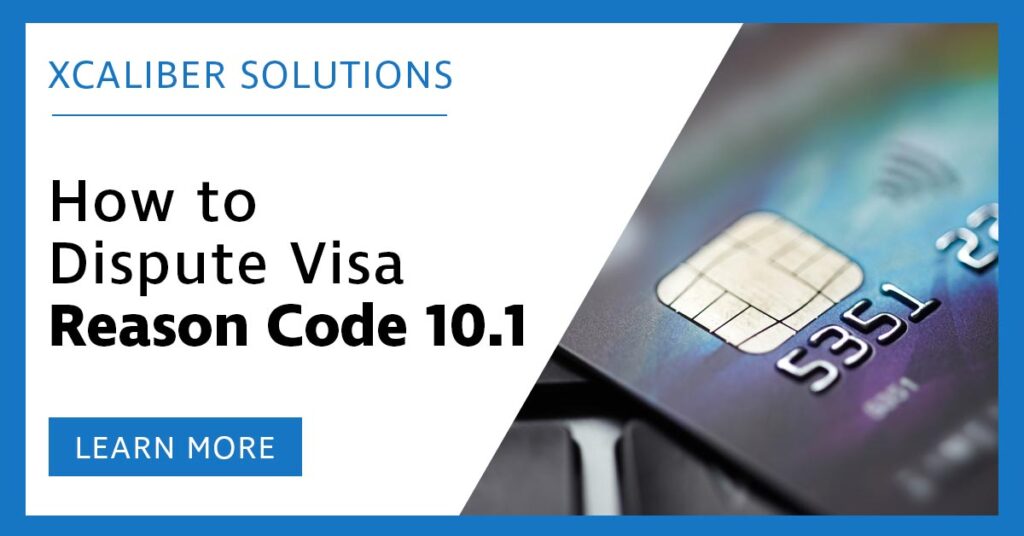Counterfeit Fraud and Liability Shift – How to Contest Visa Chargebacks under Reason Code 10.1

What is Counterfeit Fraud?
Chargebacks under Visa’s Reason Code 10.1 are initiated when a fraudster uses a counterfeit EMV (chip and pin) card and the rightful cardholder claims that they did not initiate the card-present transaction.
How it Happens
In rare cases, a skilled fraudster may be able to physically tamper with a card’s EMV chip.
But it’s far more likely that the fraud occurs either because the merchant did not have, or did not use, an EMV card reader. Alternatively, the card reader may for some reason have failed to transmit the complete chip data for authorization.
What is Visa Trying to Do?
There’s no doubt that EMV enabled cards are far more secure – albeit more expensive – than the old magnetic strip type. And all the major card networks are therefore keen to incentivize their use.
So, in 2015, Visa shifted the liability for counterfeit EMV card transactions to merchants.
Since then, if you don’t have or don’t use an EMV reader for a chip and pin transaction that is subsequently challenged, you will likely be on the hook for all the costs associated with a Code 10.1 chargeback.
Preventing Chargebacks under Reason Code 10.1
Like other chargebacks, claims that EMV transactions were counterfeit can be contested. But, as with all chargebacks, the process is difficult, time-consuming and potentially expensive.
To contest a 10.1 chargeback you’ll need documentary evidence that the card was read, that your terminal was compliant with all EMV requirements at the time of the transaction, and that all necessary data was transmitted to Visa.
You may also be required to show that you obtained the customer’s signature.
In the face of such onerous requirements, it’s clearly better by far to prevent 10.1 chargebacks in the first place, and there are a number of simple steps you can take to help you achieve this.
Most importantly –
- always use an EMV compliant card reader and never swipe or manually key in the details of an EMV enabled card unless absolutely necessary;
- always carefully inspect the card itself. Damaged or indistinct embossed card numbers may be evidence of tampering;
- make sure that the embossed numbers on the card match what appears on the terminal screen;
- if it is necessary to key in the card details, always make a manual imprint; and
- ensure that all checkout staff are trained in how to obtain telephone authorization of suspicious transactions.

